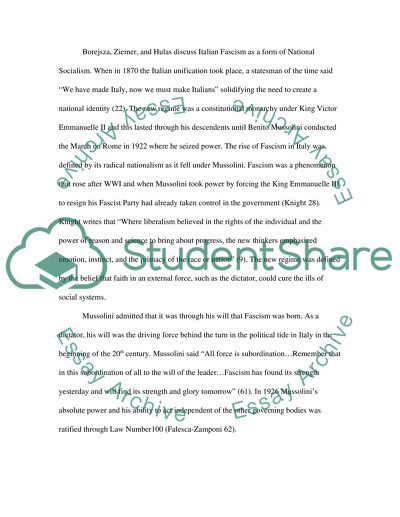Cite this document
(“European History between 1920 - 1946, Hitler's influence, Italian or Essay”, n.d.)
European History between 1920 - 1946, Hitler's influence, Italian or Essay. Retrieved from https://studentshare.org/history/1475503-european-history-between
European History between 1920 - 1946, Hitler's influence, Italian or Essay. Retrieved from https://studentshare.org/history/1475503-european-history-between
(European History Between 1920 - 1946, Hitler'S Influence, Italian or Essay)
European History Between 1920 - 1946, Hitler'S Influence, Italian or Essay. https://studentshare.org/history/1475503-european-history-between.
European History Between 1920 - 1946, Hitler'S Influence, Italian or Essay. https://studentshare.org/history/1475503-european-history-between.
“European History Between 1920 - 1946, Hitler'S Influence, Italian or Essay”, n.d. https://studentshare.org/history/1475503-european-history-between.


